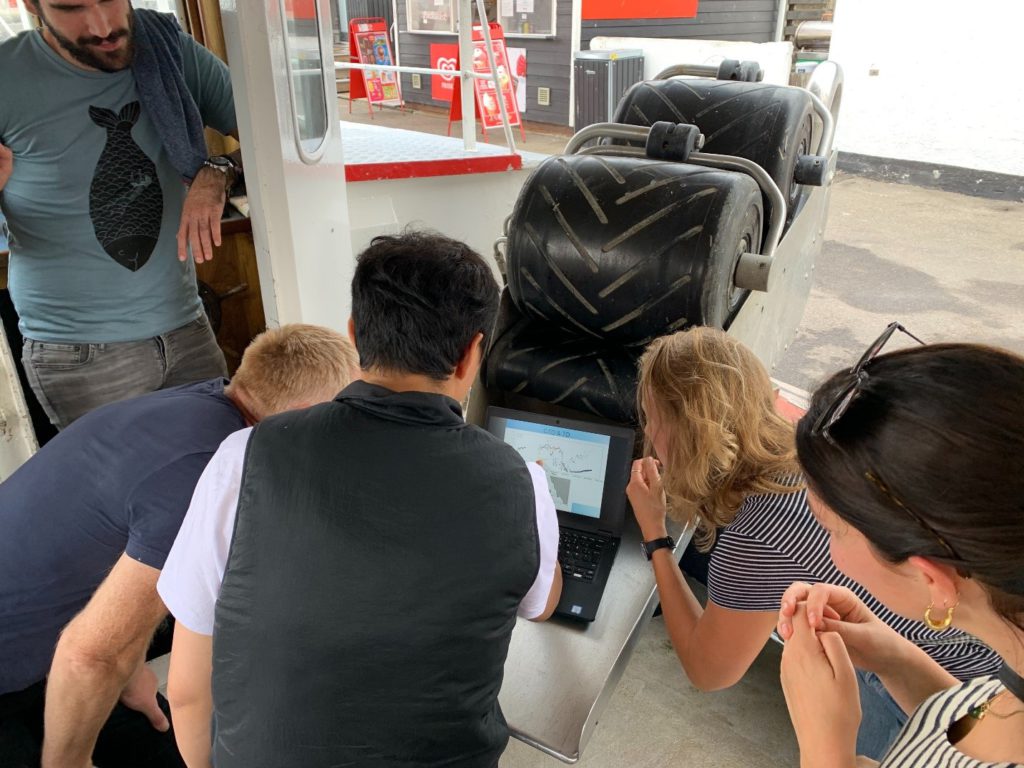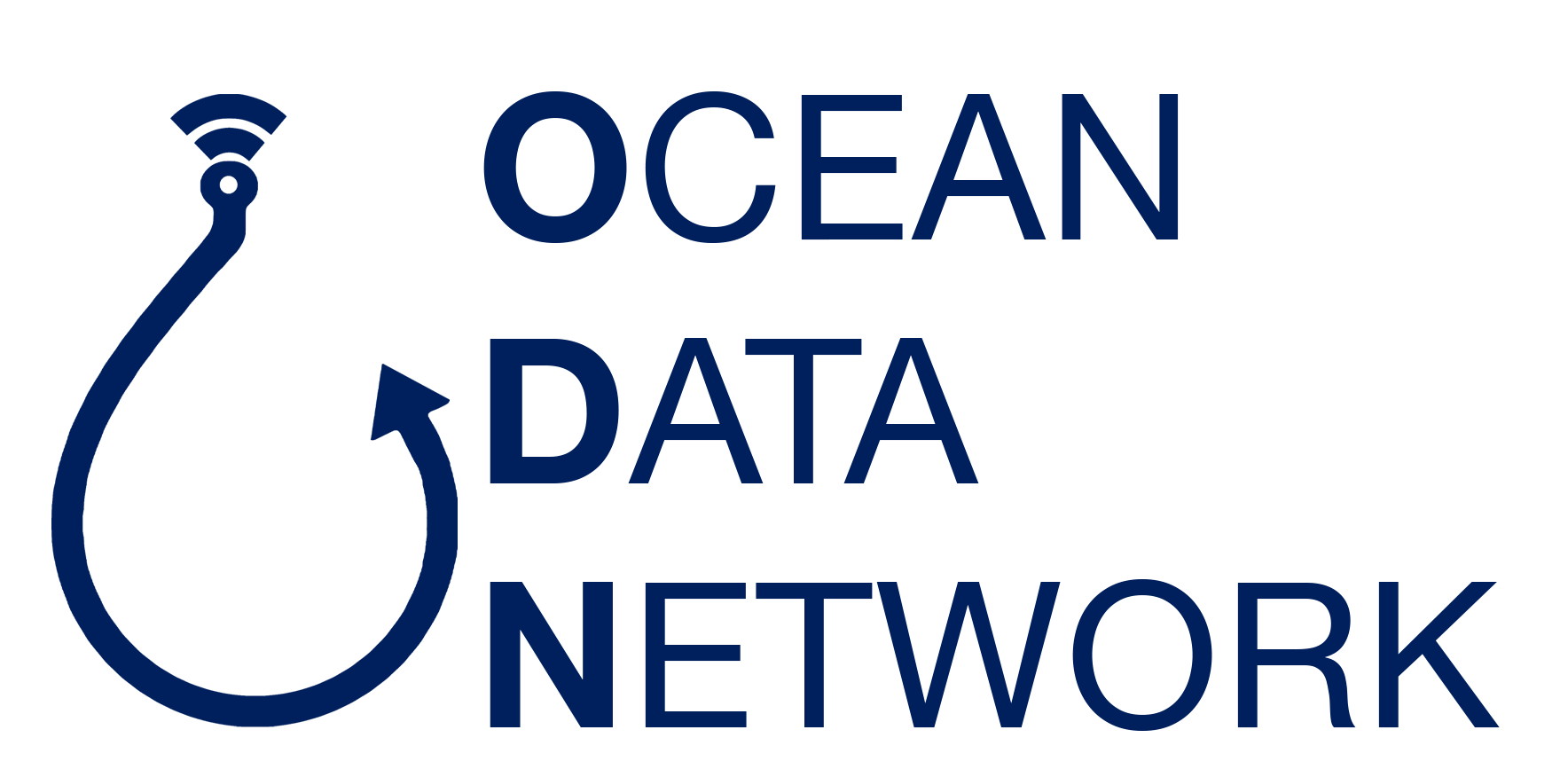Our data Supports
FISHING INDUSTRY
We’re engaged in a variety of confidential fishing industry projects including operational performance and compliance analytics. If you are interested in discussing fishing industry data analytics, please drop us a line. High resolution ocean data enables precision fishing, increasing targeted catch species while avoiding bycatch and choke species. Make more money while decreasing your ecosystem impact. In the long run, this data can be used to understand the true causes of abundance and distribution shifts, enabling you to better plan for the future.
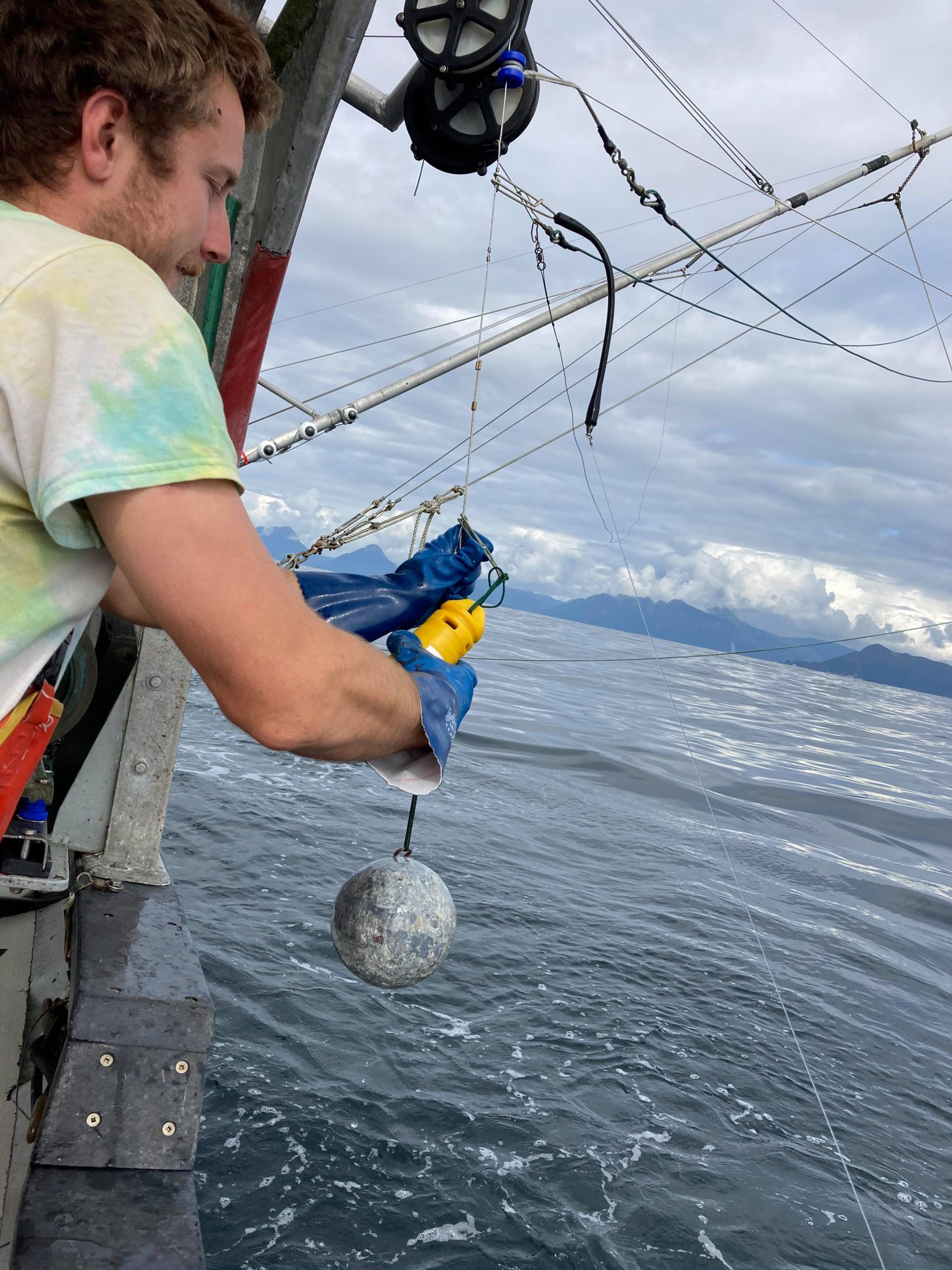
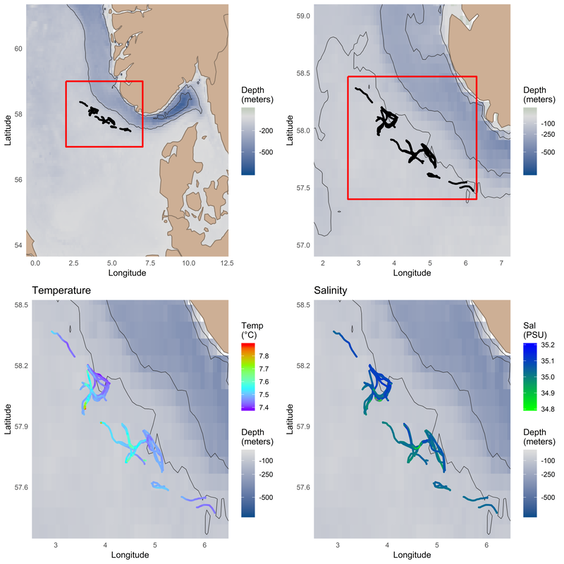
“Temperature data is absolutely critical to target specific species, especially with permit restrictions on by catch… It is not one degree, but a small fraction of a degree change in bottom temperature that completely changes a lobster’s behaviour.”
-Captain Lawrence Moffet, F/V Matt & Patt
OCEANOGRAPHY AND OCEAN OBSERVATION

CLIMATE CHANGE MONITORING
The importance of monitoring our oceans cannot be overstated. The world’s oceans provide food, resources, and employment for billions. The ocean is also an essential climate regulator and our largest buffer against increasing global temperatures from carbon emissions. Roughly 93% of the excess heat and 30% of the carbon produced by climate change is absorbed into the ocean. However, this crucial buffering capacity could change due to shifts in ocean currents or ocean acidification. Recent studies have shown large errors in prior ocean models (Cheng, et al. 2019, Lozier, et al. 2019). These models are built and run with inadequate data, directly decreasing the accuracy of the Intergovernmental Panel on Climate Change (IPCC) reports (Lozier, et al. 2019).
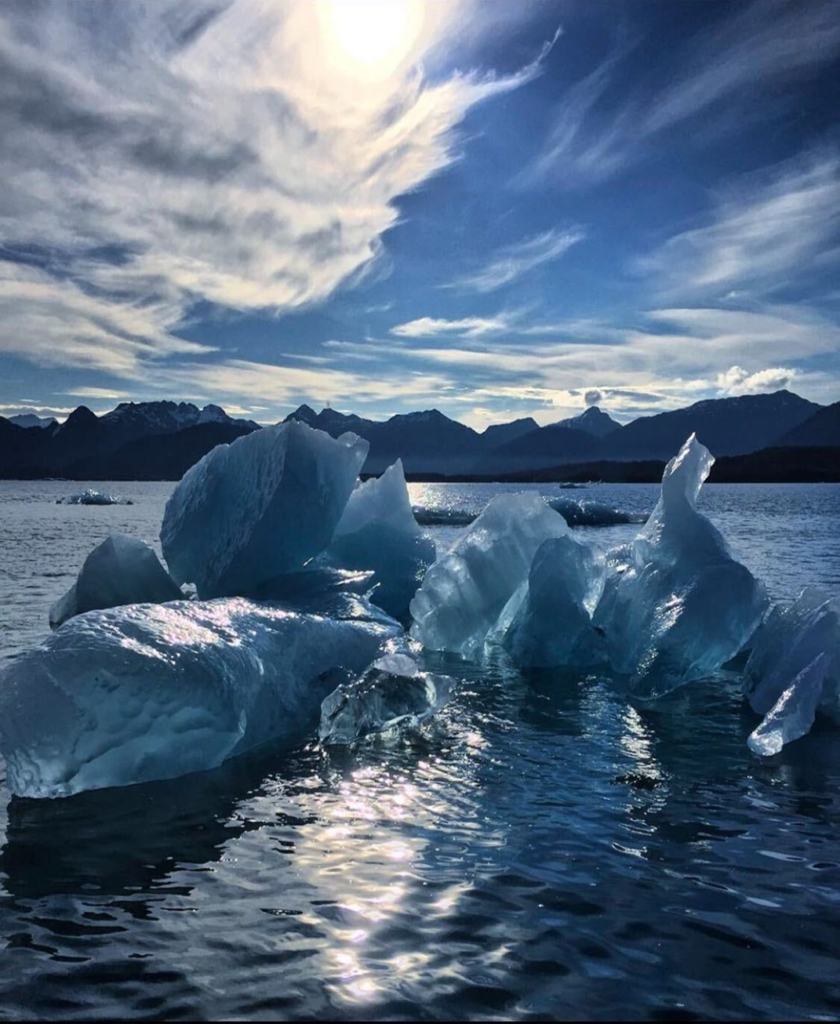
FISHERIES SCIENCE
